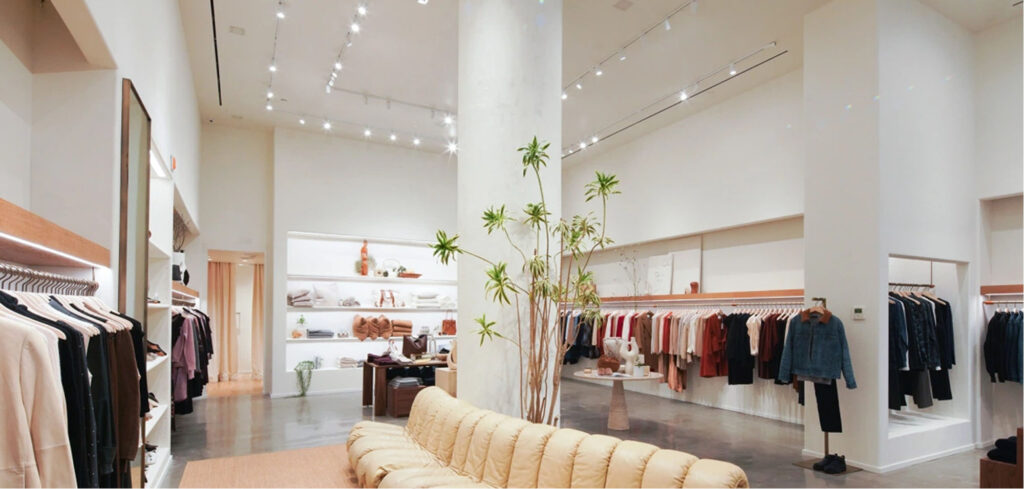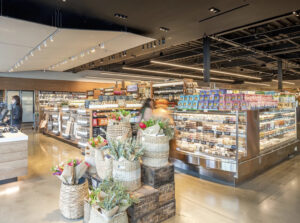Exploring the Evolving Role of Lighting in Interior Design
In 2025, lighting is becoming a major focus for architects and designers. It’s no longer just a functional accessory, but a critical component in interior decor and emotional well-being.
The right lighting with suitable luminaires can make or break an entire design. With the new approach, lighting is viewed from a broader perspective, giving a rich understanding of light. These changes have been long-awaited, and the lighting systems and fixtures in 2025 will set the design standard, eco-friendliness, and emotional balance.
Over the past decade, lighting trends have evolved significantly. We’ve seen a shift to modern LED lighting, smart lights, daylight harvesting, earthy options, and Human Centric Lighting. Layered lighting has also replaced the conventional practice of lighting a space with a single bulb.
As we move into 2025, the lighting industry continues to innovate and advance. Let’s take a closer look at some of the latest lighting trends that you can expect to see.
1. Layered Lighting

Several lighting professionals predict that in 2025, we’ll be seeing greater layering of lights in interior spaces that offer more daily use and can generate diverse moods inside our interiors.
This will be especially true in workplaces, where there are different working and operational zones that require illumination. Layered indoor LED lighting, including accent, ambient, task, and track lights, will collectively enhance the overall space while making it functional and useful for distinct purposes.
2. Minimalism
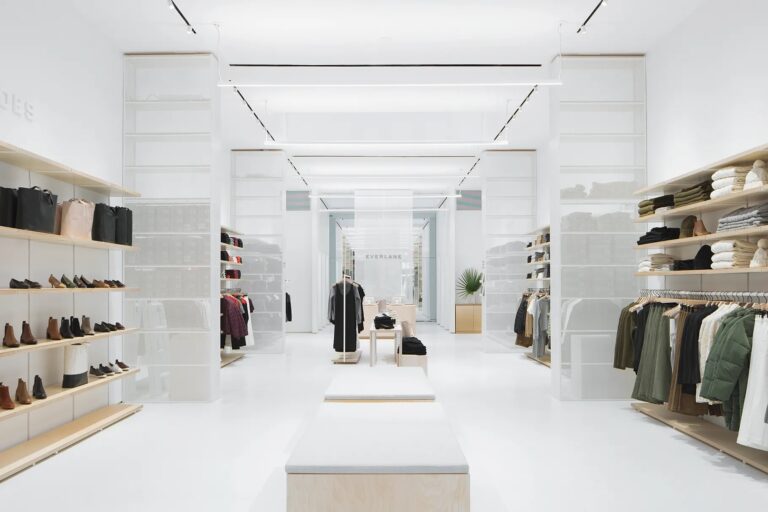
The simplicity and harmony of minimalist lighting will take center stage in 2023. Minimalism, the purest design philosophy, revolves around clean-cut spaces and little fuss. Its prominence in interior decor came from the end of the twentieth century with a little inspiration from Japanese style. This whole style includes minimalist lighting too, where light fixtures are chosen for their clear lines, shapes, and lack of decoration.
Lumenture’s approach to design is closely connected to the idea of achieving a sense of “simplicity” or “elegance.” Our T-Series LED fixtures are examples that create unique light compositions and showcase the validity of the less-is-more idea.
3. Proximity to Nature
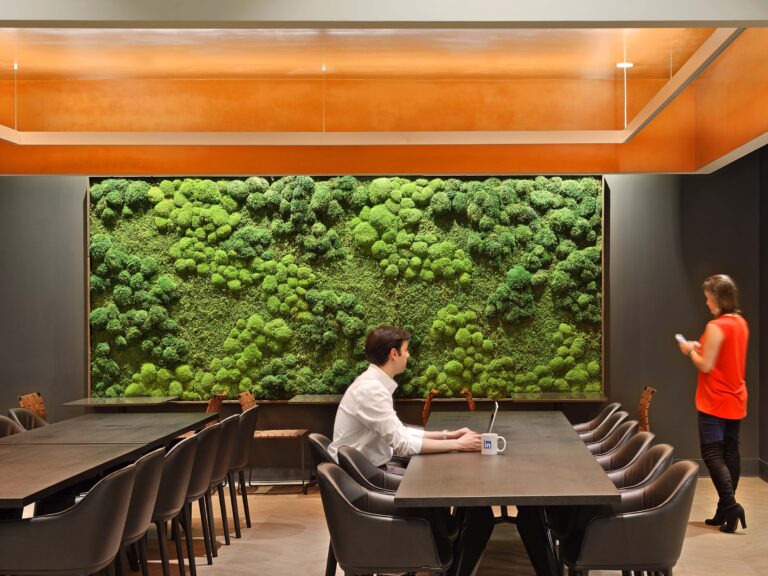
Urbanization has led to a lack of access to nature, plants, and sunlight for most urban workers. However, incorporating nature, plants, and sunlight in the workplace can have significant benefits.
According to Harvard Business Review, natural light and views of the outdoors are the number one rated office perk, and employers can improve employee satisfaction and productivity by maximizing access to these elements. In fact, these economical and cost-efficient changes can create a positive work environment that draws staff to the office.
In addition, the influence of nature is expected to continue in interior design in 2025. Luminaires will take on rounded shapes to reflect the gentleness and perfectionism of nature, and energy-efficient LED lamps will also be used to improve energy efficiency and eco-friendliness.
4. Mood Enhancing Lighting
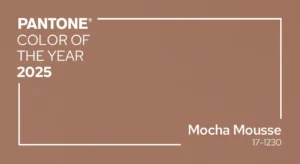
Lamps and light fixtures have the power to create a distinctive ambiance, and it’s not just about the color of the light they emit. The shape and color of the lighting fixtures can also impact our mood, as per the principles of interior psychology. That’s why the lighting industry is currently witnessing a surge in the popularity of vivid hues and shades that can evoke emotions and enable self-expression. Mocha Mousse, identified as PANTONE 17-1230, is the color of the year, according to the Pantone Institute.
The recent TikTok trend of avoiding the use of the “big light” is an indication that homeowners are placing greater importance on the emotional impact of their living spaces, rather than just their practicality (see below).
Ambient lighting plays a crucial role in setting the mood and changing the ambiance of a room. Mood-enhancing lighting technologies, such as dim-to-warm and discreet accent and spotlighting, are gaining popularity and are expected to continue to be a significant consideration in 2025 and beyond.
@bluedelacruz One rule: we never use the big light #scandinavianinterior ♬ original sound - GeeOfDee
5. Sustainable LED Solutions

One of the best lighting practices is to deploy sustainable lighting solutions throughout the space. In this modern age, lighting systems are designed to be energy-efficient and offer a more sustainable solution for business environments.
Controls like dimmer dials, changing brightness levels, and sensor technology make it possible to achieve this. From recessed and suspended luminaires to downlights and high bay lighting options, LEDs are considered to leverage cost savings, less light pollution or heating issues, and a longer lifespan.
Luminaires like our K-Beam are perfect for powering up commercial spaces while boosting economic value and environmental friendliness to the fullest.
6. Daylight Harvesting
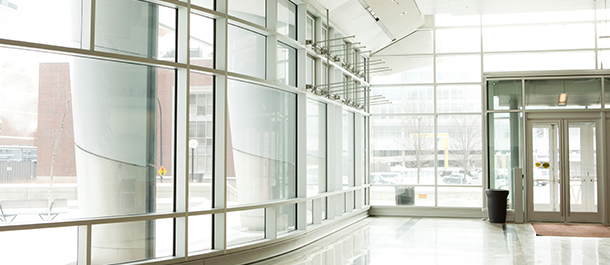
Natural and artificial light combine to create a well-designed lighting plan that emphasizes a space’s aura and ambiance. Some lighting designers suggest this combination balances out the appropriate color temperature for a workspace.
In addition to offering the best illumination, natural light also helps to lower the overall cost of lighting, which is a significant expense in a commercial setting. Therefore, many businesses consider natural illumination sources to brighten their premises in a healthy way.
7. SMART Lighting Controls

Automation is increasingly being employed for lighting schemes, and it is the future of lighting systems. Depending on the architecture, the automation systems can choose and manage the lighting schedules.
Additionally, these technologies allow for the development of pre-programmed illumination sequences that add drama and improve the storytelling experience.
These automation systems offer a high quality of work life as an energy-efficient and easily accessible replacement for manual systems.
Conclusion
The year 2025 will bring exciting changes to the lighting industry, with lighting no longer just a functional accessory but a major contributor to interior decor and emotional well-being. From layered LED lighting and minimalism to proximity to nature and bold colors and shapes, the industry is innovating and advancing to provide sustainable, energy-efficient, and eco-friendly lighting solutions. With the increasing use of smart light controls and automation systems, lighting is poised to be the centerpiece of interior design, creating unique atmospheres that express individuality and provide a high quality of life.

